
Clubface Closure – How to Square Up for an Effortless Swing
The golf swing can in its raw form be described as a challenge of balancing power output and clubface closure. Failing to conquer this challenge lies behind most swing faults in golf.
I’ll walk through different styles of presenting a clubface square to the
For reader context: this article is a part of the Forgotten Master Moves Swing Page (my system for teaching the great’s core movements). I recommend that you start here instead.
Clubface Closure – In a Common Non Functional Technique
The first failed solution is the most “non-functional” and most common. The golfer aims directly at the ball with all their intentions and ends up with an open blade way too late in the downswing (the direct path toward the ball eliminates the space for natural face closure). This often coexists with an out-to-in path toward the ball.
Either the golfer has insufficient blade-closing skills, which leads to a slice, or they’ve adapted a stronger lead-hand grip, which often results in some last-second face closure, causing pulls, pull-hooks, and pull-fades with little power. In the worst-case scenario (and quite commonly), this leads to a complete shutdown of the body, resulting in early extension and wrist collapse, which actually closes the blade. Unfortunately, many of these golfers quit golf after a few years and move on to something else.
“Normal Swing” Backswing where Clubface matches Spine Angle
The second version involves closing the blade in the backswing and then pushing the hands through the shot. This method is still used by many tour players today and can provide excellent results, but it requires intense skill and physical training. Essentially, you’re determining the quality of the shot based on the trail arm extension through the ball. Extend the arm too early, and you get a big hook; extend it too late, and you end up with a push fade. While this isn’t the worst outcome, it’s not my favorite motion. Tommy Fleetwood perfects it with amazing results.
MORAD protocols (with a rehinge tweak) utilize this style, and it can be found on nearly every YouTube channel. My issue with it? There’s nothing inherently wrong with it, but it doesn’t align with my view of what the greats did. It doesn’t fully utilize the downswing arc potential and often forces a lean to the right to create neutral impact conditions.
Baseball / Slingshot Swing – Delayed Clubface Closure
The third version, and definitely not a personal favorite, is the baseball delayed closing style which basically means that you delay the clubs natural power release (and replace this power with slingshot power) and use body rotation to close down the blade. This definitely works but needs a top shelf athleticism golfer.
The typical player doing this would be Dustin Johnson or Victor Hovland. The style of player where the lead wrist increases in bow (that’s the delay together with the trail wrist cup) from the mid backswing all the way to downswing shaft parallel (before impact).
The Old Timer Style Clubface Closure – The FMM Style
My absolute favorite way of squaring up the clubface is by harnessing the power of the golf club and its natural motions. If you allow the club to work, it will naturally begin closing down after shaft parallel in the downswing. This allows you to release the club freely while still creating the potential for square impact conditions, resulting in an effortless feel.
Clubface closure is one of the most complex aspects of golf, so I completely understand the reasoning behind “taking it out of the equation,” as techniques like the intended trail arm extension and the sling-shot baseball method attempt to do. The extreme delayed release of the modern swing style removes arm closure entirely, while the more modest trail arm extension eliminates forearm closure.
Personally, I like to use both full arm closure (through the humerus bone) and forearm closure to my advantage. It took me many years to understand that clubface closure is deeply connected to what Nicklaus said—”I release as early as possible”—and that “what you see isn’t what is being intended.” These two articles about golf swing timing and the right elbow touch on what I believe to be the holy grail of golf.
The trick is to let the “club closing beast free” by allowing the club to release. This creates a highly rotating clubhead, which will undoubtedly “solve the clubface dilemma.” However, it also generates such a high rate of closure at impact that it makes the swing difficult to control. The solution isn’t to “control” the release—doing so would kill the power. Instead, the key is to guide it in a way that maintains power while managing the clubface effectively.
A bit of a mouthful? I get that. It’s actually what I teach in my FMM Swing. Wish to get back to The FMM Swing Page.?
More FMM Project Articles
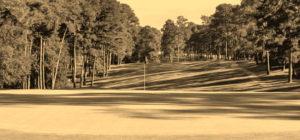
The Swinging Protocol – In the Core of all Great Golfers?
I have a special interest in the golf world, and that is to understand what actually built the best swings of all time. Not just how they look, but what truly built them. What…

A Powerful Golf Swing Clips It – Stop Chasing Divots
We are all performing golf swings based on inner images, muscle memory, and athleticism. These different subconscious images will shape how we perform our motion. A powerful golf swing clips it in a shallow,…
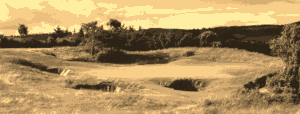
Perform Your Backswing in Front of Yourself – The Vertical Lift
The backswing might be the most difficult part of golf. Do it right, and while there are no guarantees of a perfect result, do it wrong and you’ve almost certainly ruined your chances of…
Some General Swing Tech Posts (with Videos)

Do You Even NEED a Golf Swing TRANSITION MOVE?
Do You Even NEED a Golf Swing TRANSITION MOVE? The golf swing transition and the “Transition Move” is a highly debated topic. Should you drop and shallow the club in the downswing, should you…

Pre-Shot Routine: Learn from Scottie Scheffler’s Mini Swings
Pre-Shot Routine: Learn from Scottie Scheffler’s Mini Swings The pre-shot routine is the most underrated performance booster of your score in golf. Looking at Scottie Scheffler’s routine, the most consistent player for decades, makes…
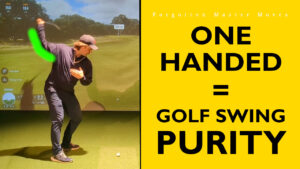
One Handed Swings = Golf’s Best Drilling?
One Handed Swings = Golf’s Best Drilling? If you practice one handed swings, I guarantee you’ll start swinging more synchronized over time. Allow me to explain. One Handed Swings Advantage 1 = No Cheating…
General Article Collection Pages

All Articles Library – All Creations in One Place
Everything I’ve created over the years. You have different filterings according to the list below. Wish to watch Youtube videos instead? Then click here to open Wish to visit my Skillest Profile (coach app)?…
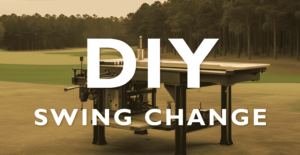
DIY Swing Change – Advice on How to Successfully Change
Do It Yourself, DIY Swing Change, is what has driven me the last decade in my golf swing development. The absolute enjoyment of figuring out a swing change myself. To all of you out…
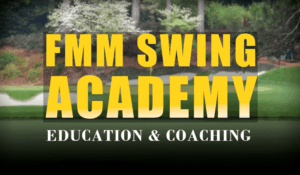
FMM Swing Academy – 3 Release Styles. 3 Swing Patterns
FMM Swing Academy Almost everyone who plays golf wants to get better and tries to get better, but doesn’t get better. Why? Let’s look at what differentiates a good golfer from a not-so-good golfer….

Golf’s Best Systems – Much Needed Golf Technique Context
I categorize golf motion styles into systems for the sake of clarity and understanding. No golfer fits perfectly into a single system, but without a structured framework, you’re essentially shooting in the dark. These…
Old School General Articles
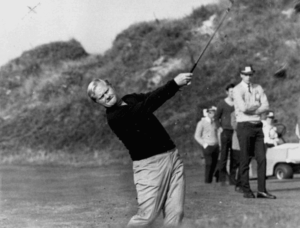
Why Jack Nicklaus Swing Work – Free of Modern “Rules”
Most people have Ben Hogan as their swing god, and sure, he’s awesome, but my personal favorite will always be Jack Nicklaus Swing. The Golden Bear. It’s the simplicity and effortless feel of it…
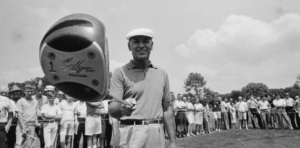
Ben Hogan Swing Rebuild – The Breakthrough That Changed Golf Forever
Nothing in golf quite compares to Hogan’s dominance in the 1940s and 1950s. The Ben Hogan swing rebuild, which he eventually shared through Five Lessons and other insights, shook the golf world—but without the…
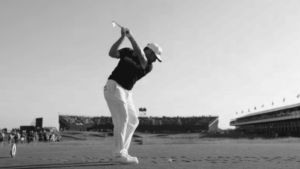
Old School Swinging Elements on Tour – A Modern Case Study
Modern top tier golfers definitely display old school swinging elements of the old greats. These swing styles are making their way back to the leaderboards today. How to spot Old School Swinging Elements? Once…